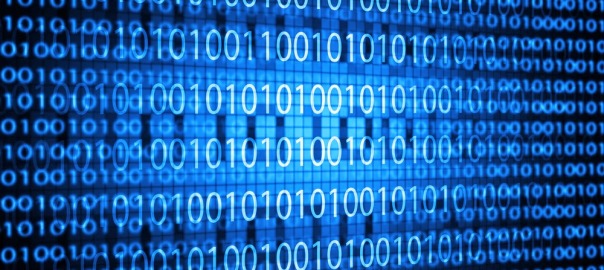da·ta (datə,ˈdātə): 1. Computing. The quantities, characters, or symbols on which operations are performed by a computer, being stored and transmitted in the form of electrical signals and recorded on magnetic, optical, or mechanical recording media.
Data, in a nutshell, is a collection of information – as mundane as a favorite cookie recipe or as sensitive to medical records. As business has evolved this information has moved from filing cabinets to scanned documents and databases stored on a hard drive. Sensitive information used to be stored under lock-and-key, now it’s hidden behind a password.
A lesson learned during the 1979 US Embassy hostage crisis is a shredded document is not destroyed, simply more difficult to decipher. The revolutionaries occupying the Embassy painstakingly reconstructed numerous documents thought to be destroyed. This resulted in the disclosure of confidential information and the identities of Embassy staff and intelligent assets. Events like this resulted in the development and use of cross-cut shredders to make the restoration of shredded documents far more difficult – but not impossible. Unless burnt to ash these documents CAN be reassembled.
Data in the Digital Age
Advancements in computers, data storage and how information is moved requires business to update and replace equipment every four to six years. New programs require advancements in operating systems and operating systems need more computing power. Data, images and documents require more storage space. Twenty-years ago a 240MB hard drive was considered large – now mobile phones are shipped with 16GB on board. A mobile phone can store 64 TIMES the amount of data as a twenty-year-old hard drive. These advancements necessitate continuous upgrades of drives and storage devices.
It’s important to know what happens to data and files once transferred to a new computer or hard drive. “Deleted” data is not actually deleted. Computer operating systems use tables or nodes to identify where a file begins and ends. When a user initiates a DELETE command (or moves a file to the Trash Can icon) the operating system does not delete the file, it simply removes the pointers to the file and indicates the space is available to over-written. Using an older reference: it’s similar to placing a piece of tape over the holes on the bottom of a cassette tape. The original music remains until new music is recorded over.
Data Sanitization
Once files and data are transferred from an outdated hard drive to a new computer it’s important to consider how to dispose of the old drive. There are many opinions as to best practice in hard drive destruction. Some advocate removing the drive from the computer, soaking it in salt water for several days, then smashing it with a hammer. Others state drilling a hole in the obsolete hard drive is sufficient for data destruction. In both cases this necessitates time to open the computer and remove the drive. Not only is this time-consuming, but will require a drill press or buckets of salt water left about the office for several days. This also assumes the computers are intended for complete destruction. A computer at the end of its lifecycle in a business environment may remain perfectly viable in a classroom or other location.
Another option for destruction is to pay an eRecycling company to handle the removal and destruction of old computers and hard drives. This assumes the company will not misuse the data and/or will actually destroy the equipment. In 2012, executives of a Denver-based e-cycler were convictedin federal court for mail and wire fraud. The company told customers the computers would be recycled in the United States. Records were found showing the equipment was sold to overseas companies and sent off-shore intact.
A clean, affordable method of insuring company records, patient information, and proprietary databases are securely wiped from obsolete computers and hard drives is data sanitization. Data sanitization programs are easy to install and do not require disassembly of the computers. Once the program has securely wiped all the data from obsolete equipment a company can confidently donate the computers or turn them over to an eRecycler for proper destruction.
Companies like WhiteCanyon™ Software offer programs like WipeDrive and SystemSaver which are very effective data sanitization tools. These programs provide companies and individuals peace of mind that sensitive data will not end up in the wrong hands due to improper hardware disposal.



